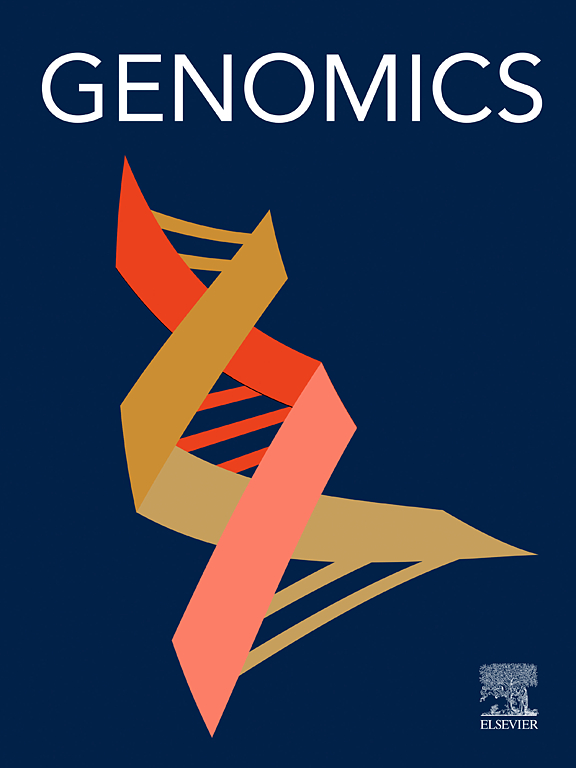Validation of male-specific markers confirmed an XY/XX-type sex determination system in Chinese dark sleeper (Odontobutis sinensis)
IF 3
2区 生物学
Q2 BIOTECHNOLOGY & APPLIED MICROBIOLOGY
引用次数: 0
Abstract
Next generation sequencing (NGS) method has been successfully used to identify sex-specific markers in many fish species. The Chinese dark sleeper (Odontobutis sinensis) is a commercially important aquaculture species in China. Here, by conducting whole genome sequencing of three females, three males and one female mixed pool, we initially identified 658 male-specific sequences and 242 female-specific sequences of Chinese dark sleeper. Based on polymerase chain reaction (PCR) confirmation, three markers showed 100 % male-specific amplification in 16 female and 16 male individuals from the Wuhan population, and this result was further validated using an additional 16 females and 16 males from the Guangdong population, demonstrating the reliability of these markers across multiple populations. These findings suggest a male heterogametic sex determination system in Chinese dark sleeper. Moreover, male-specific genes including high mobility group box 3 (hmgxb3) and insulin-like growth factor 2b (igf2b) were identified through NR annotation, which might be candidate sex-determining genes in Chinese dark sleeper. Generally, these validated male-specific markers first demonstrated the existence of an XY-type sex determination system in Chinese dark sleeper and would make a significant contribution to the development of all-male breeding and understanding of sex determination mechanisms.
雄性特异性标记的验证证实中国暗睡动物(Odontobutis sinensis)存在XY/ xx型性别决定系统
下一代测序(NGS)方法已成功地用于鉴定许多鱼类的性别特异性标记。中华暗卧鱼(Odontobutis sinensis)是中国重要的商业养殖品种。本研究通过对3只雌性、3只雄性和1只雌性混合池进行全基因组测序,初步鉴定出658条雄性特异性序列和242条雌性特异性序列。基于聚合酶链反应(PCR)证实,3个标记在武汉人群中的16名女性和16名男性个体中显示100%的男性特异性扩增,并在另外16名女性和16名男性人群中进一步验证了这一结果,证明了这些标记在多个人群中的可靠性。这些发现提示中国暗睡眠者存在雄性异配型性别决定系统。此外,通过NR注释鉴定出高迁移率组盒3 (hmgxb3)和胰岛素样生长因子2b (igf2b)等男性特异性基因,可能是中国黑暗睡眠者性别决定基因的候选基因。总的来说,这些被验证的雄性特异性标记首次证明了中国暗睡动物存在xy型性别决定系统,将为全雄性育种的发展和性别决定机制的理解做出重要贡献。
本文章由计算机程序翻译,如有差异,请以英文原文为准。
求助全文
约1分钟内获得全文
求助全文
来源期刊

Genomics
生物-生物工程与应用微生物
CiteScore
9.60
自引率
2.30%
发文量
260
审稿时长
60 days
期刊介绍:
Genomics is a forum for describing the development of genome-scale technologies and their application to all areas of biological investigation.
As a journal that has evolved with the field that carries its name, Genomics focuses on the development and application of cutting-edge methods, addressing fundamental questions with potential interest to a wide audience. Our aim is to publish the highest quality research and to provide authors with rapid, fair and accurate review and publication of manuscripts falling within our scope.
 求助内容:
求助内容: 应助结果提醒方式:
应助结果提醒方式:


